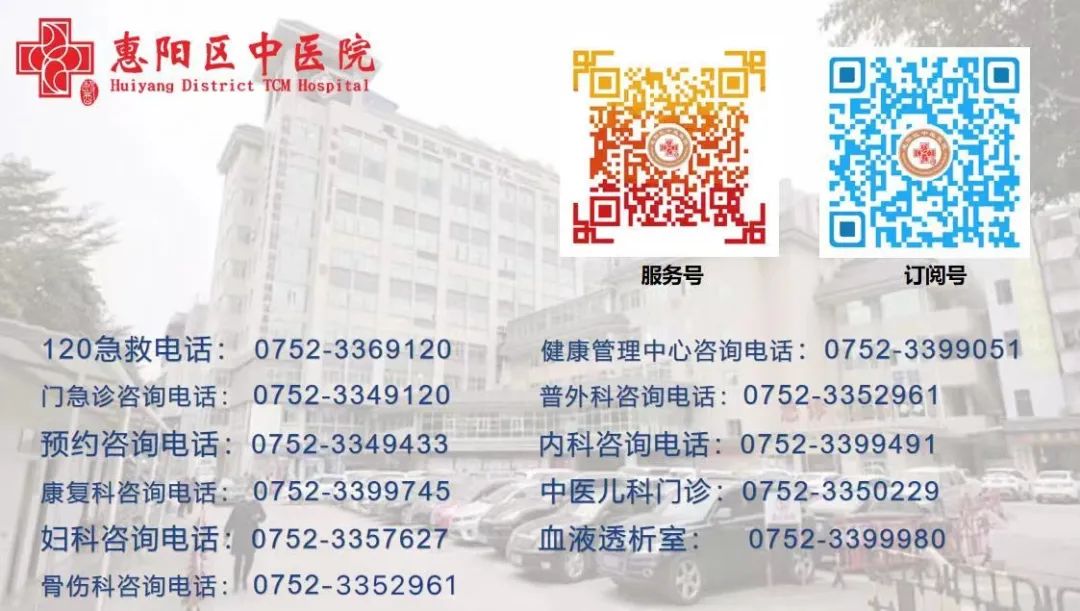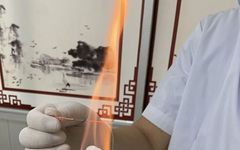

Inheriting Traditional Chinese Medicine Culture
The unique and suitable techniques of Traditional Chinese Medicine (TCM) allow the public to experience “simple, convenient, effective, economical, safe, and effective” TCM services. To further promote TCM culture, we are launching a series of popular science columns on TCM suitable techniques, enabling everyone to trust TCM, use TCM, and immerse themselves in the high-quality services of TCM suitable techniques, better meeting the diverse health needs of citizens.
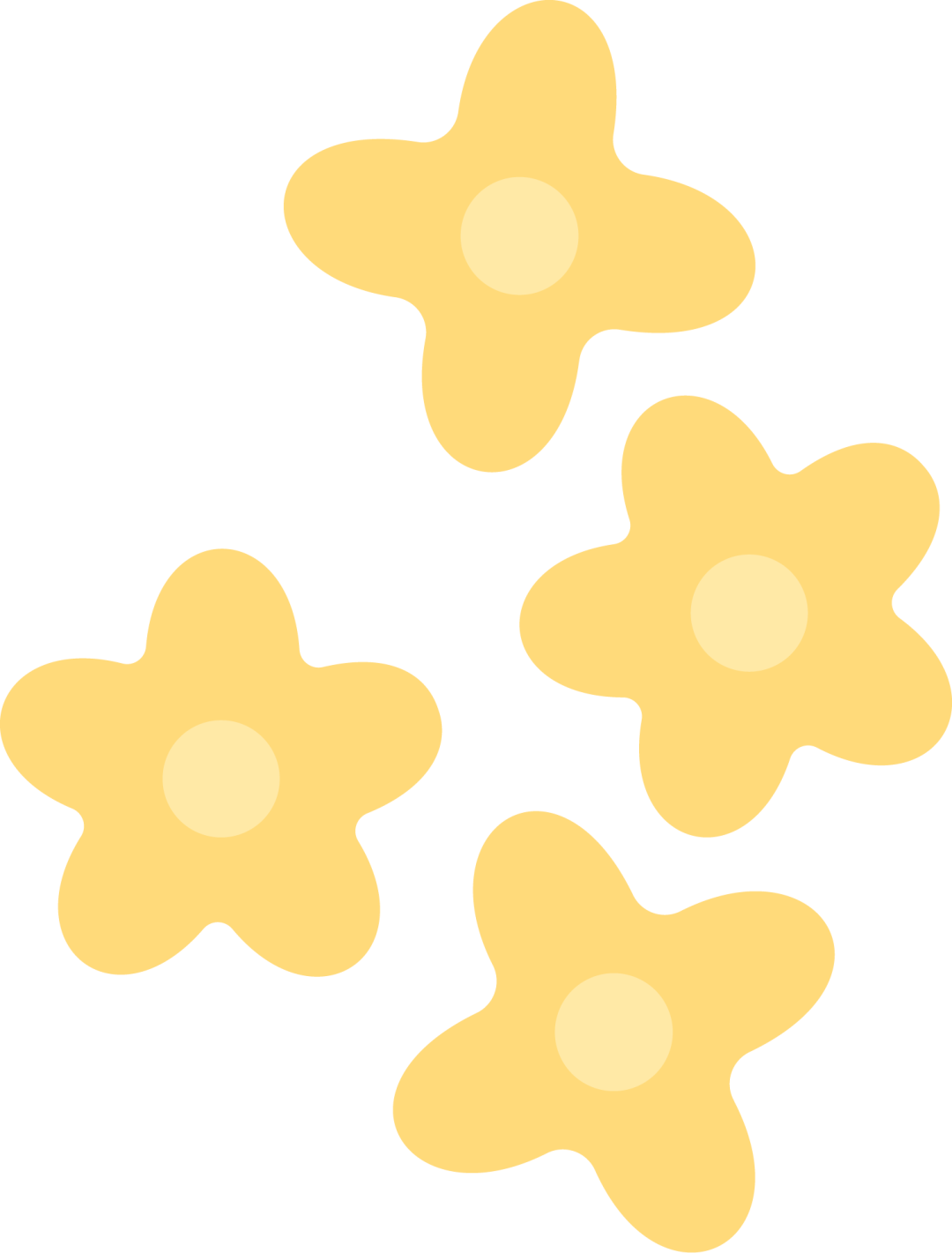
Fire Needle refers to a treatment method that uses specific needles heated until red, which are then quickly inserted into acupoints or areas of skin lesions using certain techniques, and quickly withdrawn to support Yang and expel pathogens. This method is simple to apply and has a short treatment duration.
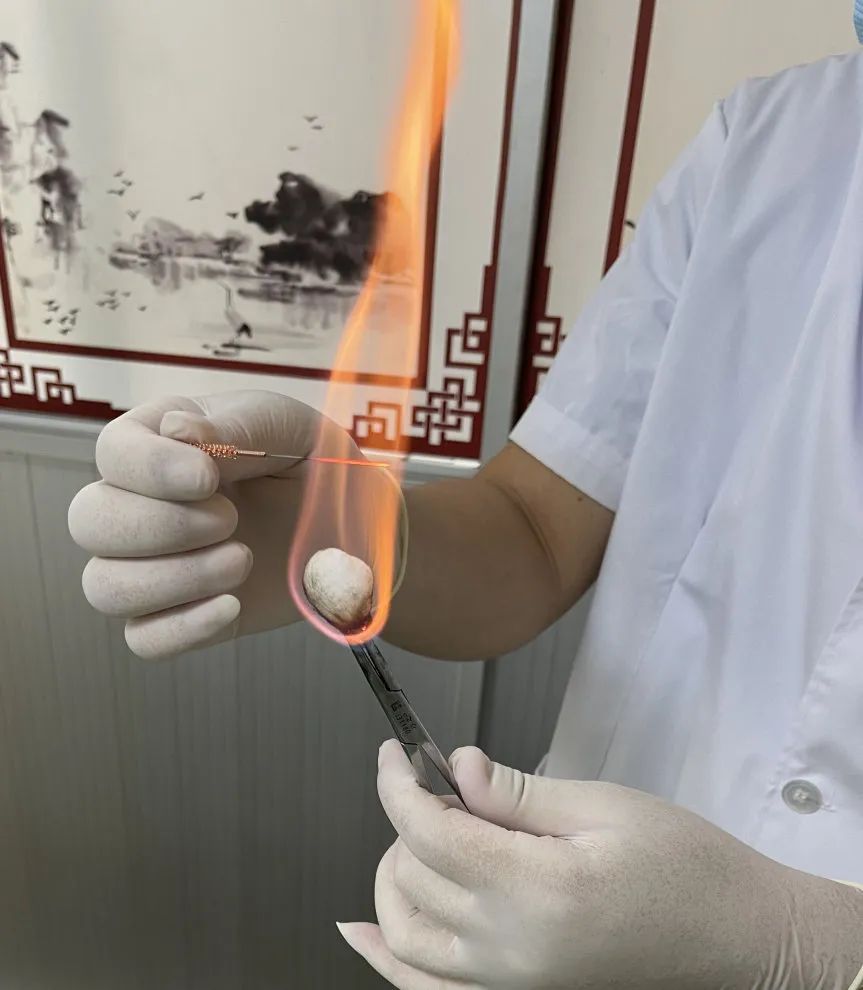
Effects of Fire Needle Therapy

Tonifying Yang and Nourishing the Kidneys, Lifting Yang
Fire needle therapy enhances the body’s Yang energy, stimulates the meridian Qi, and regulates the internal organs, thus tonifying Yang and replenishing deficiency, as well as lifting Yang.
Kidney Yang deficiency may present clinically as lower back pain, impotence, and nocturnal emissions; Spleen and Stomach Yang deficiency may lead to epigastric pain and gastric prolapse; Heart Yang deficiency may cause chest pain and palpitations; and deficiency of Middle Qi may result in prolapse.
Using fire needles to puncture the Shen Yu (Kidney Shu) and Ming Men (Gate of Life) points can benefit the kidneys and strengthen Yang, ensuring smooth Qi and blood flow in the Kidney meridian, enhancing its transformation functions, alleviating symptoms such as lower back pain, impotence, and nocturnal emissions. Puncturing the Qi Hai (Sea of Qi) and Guan Yuan (Origin Pass) points can tonify Middle Qi, lift Yang, and treat prolapse.

Expelling Cold and Dampness, Unblocking Meridians and Alleviating Pain
Pain often occurs due to obstruction of the meridians by pathogenic factors, primarily cold pathogens. Fire needle therapy can warm the meridians, stimulate the body’s Yang heat, dispel cold pathogens, harmonize the meridians, and relieve pain.
Additionally, wind, dampness, and heat pathogens can also cause pain. Fire needle therapy can promote the flow of Qi and blood at the surface, driving away pathogenic factors and alleviating pain.

Assisting Yang and Benefiting Qi, Alleviating Numbness
Numbness is a type of sensory abnormality, often occurring alongside weakness. The mechanisms of numbness are complex and varied, but they share a common pathogenesis: obstruction of the meridians, leading to insufficient nourishment of the meridians and skin by Qi and blood. Fire needle therapy can warm and unblock the meridians, guiding Yang to the channels, ensuring the flow of Qi and blood, thus alleviating numbness.

Warming and Unblocking Meridians, Expelling Wind and Alleviating Itching
Itching is often related to wind pathogens, which can arise from external invasion or from Qi and blood generating wind. Fire needle therapy can warm and unblock the meridians, invigorate Qi and blood, promote surface circulation, and strengthen nourishment, thus driving away wind pathogens and alleviating itching.

Unblocking Meridians, Dispelling Stasis and Reducing Swelling
Fire needle therapy can treat atrophy syndrome, assisting Yang Qi in circulating Qi and blood, enhancing Spleen and Stomach Qi, ensuring sufficient Qi and blood production, nourishing the tendons and muscles, and increasing muscle strength. Furthermore, after an accidental sprain, local tissues may swell and hurt, and fire needle therapy can warm and unblock the meridians, invigorate Qi and blood, thus dispelling stasis and reducing swelling and pain.

Promoting Tissue Regeneration, Discharging Pus and Necrosis
In clinical practice, fire needle therapy can be used to puncture abscesses that have formed but not yet ruptured, allowing pus to be discharged and the abscess to resolve. The choice of fire needle therapy is primarily due to its ability to promote Qi and blood circulation, invigorate the righteous Qi, and when the righteous Qi is abundant, it can expel pus and toxins.
For abscesses that have ruptured, if the wound does not heal for a long time, or if chronic ulcers appear on the skin due to other diseases, fire needle therapy can also be used to promote meridian warming, invigorate Qi and blood, enhance circulation, and dissipate the stasis of Qi and blood around the wound, thus increasing nutrition to the surrounding area and promoting tissue regeneration, leading to natural healing of the wound.
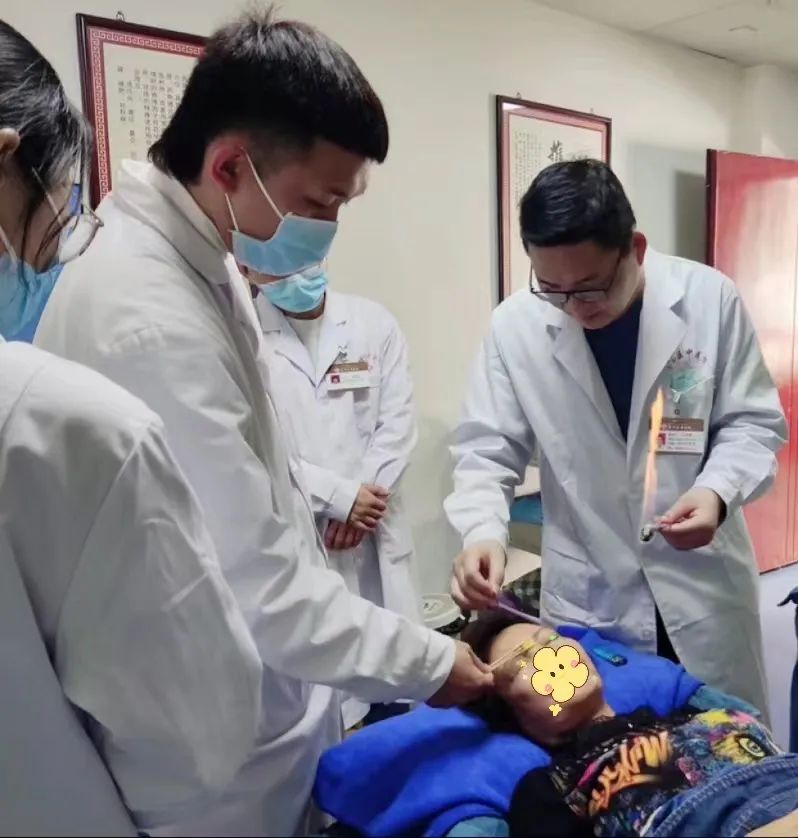
Indications
The indications for fire needle therapy are very broad.
Internal Medicine: Wind-cold cough, wind-cold headache, pain in the brow ridge, gastric prolapse, epigastric pain, allergic asthma, facial paralysis, facial muscle spasms, diarrhea with edema, nocturnal enuresis in children, rib and flank distension and pain, enteritis, etc.;
Surgery: Bone and joint diseases, cervical spondylosis, lumbar disc herniation, shoulder periarthritis, knee osteoarthritis, mastitis, tenosynovial cysts, tenosynovitis, fibromas, phlebitis, etc.;
Gynecology: Acute and chronic adnexitis, uterine fibroids, dysmenorrhea, vulvar leukoplakia, etc.;
Dermatology: Neurodermatitis, herpes zoster, eczema, acne, psoriasis, urticaria, vitiligo, moles, warts, etc.;
Otorhinolaryngology: Blepharitis, nasal polyps, pharyngitis, and tonsillitis can all be treated with fire needle therapy.
Precautions
1. Due to the possibility of small scars left after fire needle puncture, fire needle therapy should generally be used cautiously on the face, except for treating facial moles and flat warts.
2. After fire needle therapy, keep the affected skin area clean and dry, avoiding water contact. If there is slight itching, do not scratch.
3. Pregnant women, postpartum women, diabetic patients, those with scar constitution or allergic constitution, and patients who are hungry or fatigued should use fire needle therapy with caution.
4. Patients who are overly tense, hungry, or fatigued should avoid fire needle therapy to prevent adverse symptoms such as fainting.
Consultation Phone for TCM Classic Ward: 0752-3357321
Address: 3rd Floor, Health Management Center (Preventive Treatment) of District TCM Hospital, Building A
Coordinated by: Zhang Yanfang
Edited by: Hu Jiaqi
Proofread by: Li Qunyu
Contributed by: Health Management Center (Preventive Treatment) Zhang Guofeng

Scan to Follow, Make Appointments
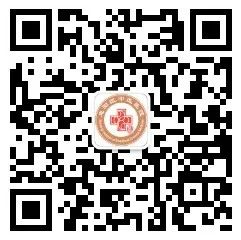
Service Number

Health Management Center Consultation Phone
0752-3357321

Appointment Service Center Consultation Phone
0752-3349433
(Service Hours: 7:30-12:00, 14:00-17:30)
Medical Insurance Reimbursement
Our hospital is a national secondary class A TCM hospital
Patients with Huizhou Medical Insurance can be hospitalized in our hospital
Hospitalization Deductible Standard200 yuan

Recommended Reading
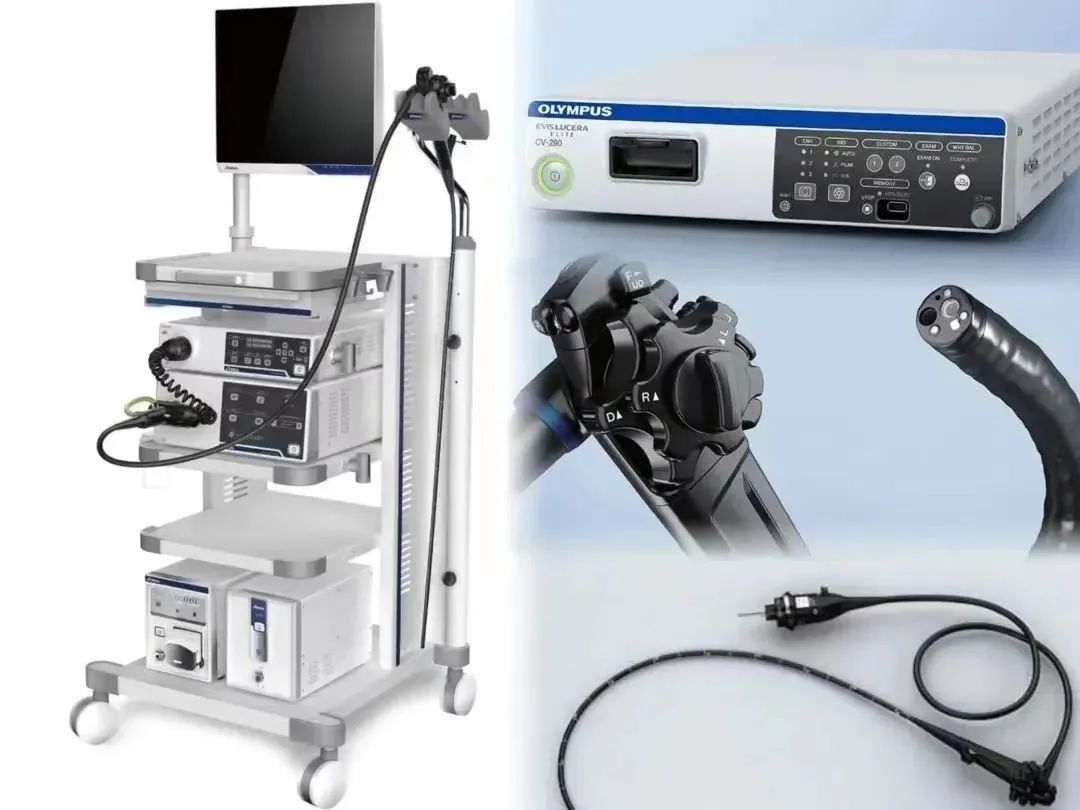
[“Stomach” Love Forward, “Intestines” Accompanying Left and Right] Painless Gastroscopy Examination at Huizhou District TCM Hospital
Hospital Consultation Phone: 0752-3349433
